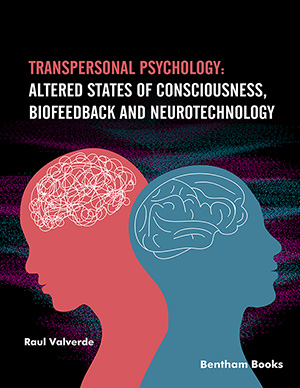Abstract
Written and directed by Christopher Nolan, Inception was released in 2010, receiving 36 Oscar nominations and ten awards. It became a film that made a name for itself in cinema history. The film was awarded four Oscars in 2011. Inception has a deep meaning for the relativity of time, as it is frequently covered in Nolan's other films (Tenet and Interstellar). In addition to the relativity of time, the search for reality in the film is often questioned. In this sense, the film is an excellent example of how the reality and the relativity of time are explained in the context of space. In Nolan's film, he constructs time over space, and the perception of reality through space is also questioned.
The film proceeds through the intervention of the subconscious in the dream environment. Interesting fiction in the film is that it is possible to participate in the subconscious through dreams and experience life through space. In this sense, the dream environment in the film gives the ability to be in many places without being anywhere, just like in the metaverse. With this article, the similarities of the film with the metaverse will be revealed. Through the film Inception, the metaverse, which can be easily designed with virtual reality, augmented reality, and augmented reality technologies that emerged in the modern world and are understood to be sustainable and easily accessible during the pandemic process, will be discussed. The film will examine how the dominant idea of the relativity of reality is explained with the perception of time and space.
Keywords: Avatar, architect, architecture, christopher Nolan, digital twin, dream, fictional universe, Inception, japanese architecture, labyrinth, M. C. Escher, metaverse, non-linear time, parallel time, penrose stairs, relativity, reality search, space reality, space-time, totem, virtual reality.







